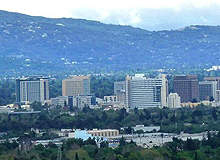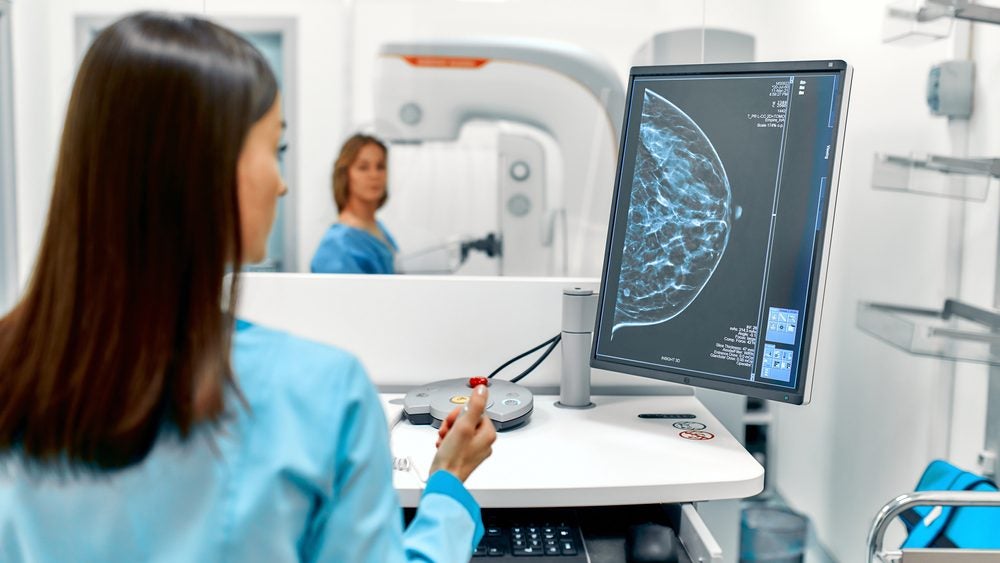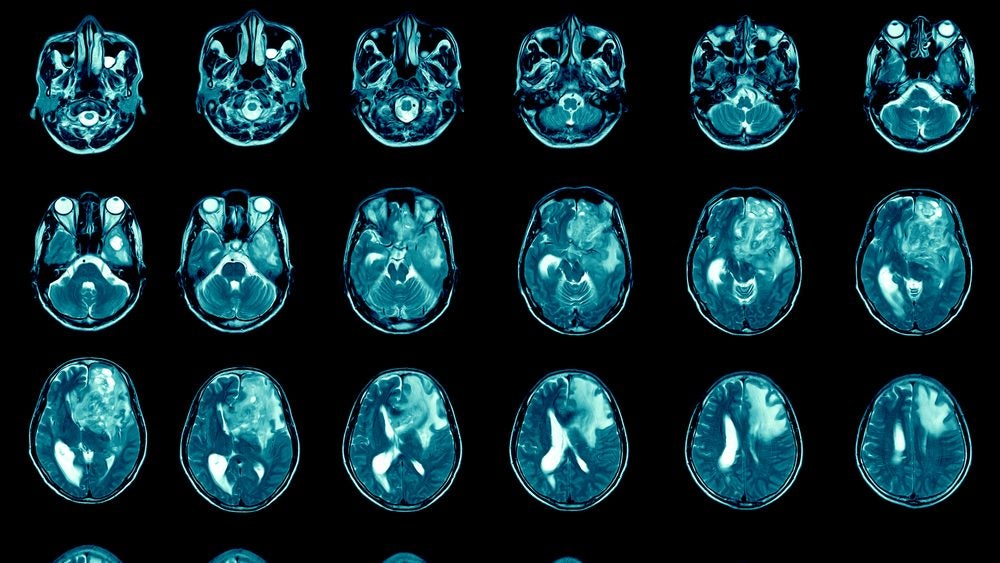
Only 40 years ago, medical devices were mostly hand tools. Surgeons might use electric drills occasionally but that was about it, X-ray machines had knobs to twiddle and prosthetics were made by skilled craftsmen with hammers. Now, everything either comes with a screen or plugs into a PC.
Eventually, with the advent of new technologies, hand / eye coordination of these devices has led to hardware and software control. Nowhere better can this shift be seen than in the area of radiography.
You can easily place a film next to a leg and aim an X-ray source at it to check for a fracture, and with experience you can interpret the developed film by holding it up to the light and looking at it. By contrast, a CT scan requires precise positioning of the patient, source and detectors, and produces a data stream that makes no sense to a human at all – this technology requires a large amount of processing power to convert radial images to axial images or 3D representations.
The first scanner, built by EMI (Electric & Musical Industries) in 1971, took 160 readings in just over five minutes. The images from these scans took 2.5 hours to process. Modern computing power makes it possible to process hugely more detailed scans in real time, building up a 3D virtual model that can then be "sliced" on any plane to give the doctors the best possible view of the area of interest.
A similar combination of accuracy of movement and real-time processing has lead to much better targeting of radiotherapy treatments and fine control of laser beams used in ophthalmic surgery. Even devices you don’t immediately associate with computers are often linked in some way. Prosthetic limbs, for example, can have formula 1-style wireless telemetry systems so the prostheticist can adjust the limb whilst the patient is actually using it.
See Also:
The origin of medical device IT
How well do you really know your competitors?
Access the most comprehensive Company Profiles on the market, powered by GlobalData. Save hours of research. Gain competitive edge.

Thank you!
Your download email will arrive shortly
Not ready to buy yet? Download a free sample
We are confident about the unique quality of our Company Profiles. However, we want you to make the most beneficial decision for your business, so we offer a free sample that you can download by submitting the below form
By GlobalDataMedicine, medical devices and techniques develop alongside other scientific and industrial processes, often borrowing some ideas and contributing to others.
In recent years such work has benefited from the growing sophistication of computers. As a result, it has become essential for many medical device manufacturers to have close links with the computer industry. In the US this means Silicon Valley, the home of IT in California.
The valley is home not only to many of the high-tech, high street computer brands we all know, but also to the companies that build the back-office kit for corporate networks and indeed the equipment that keeps the internet working and growing. It is also the location of several universities with world-class reputations, especially in sciences and technology: Stanford, Berkeley and Santa Cruz are just three of the better known. Not surprisingly, it is also where medical device companies develop much of their IT.
Varian Medical Systems of Palo Alto is one such company. Varian specialises in high energy X-ray machines; radiotherapy for cancer treatment, radiosurgery and X-ray imaging. Varian machines are heavily dependant on IT systems – they are linked to a PC running Varian’s own software and the devices are controlled through embedded software that is accessed using a dedicated keyboard and a hand controller.
Varian develops its own software in-house, and, in addition to Silicon Valley, it has programming operations in Finland, India and Switzerland. Varian Medical Systems human resources manager Chris Hane believes that being in Silicon Valley, however, is the biggest advantage the company has.
"People are drawn here from all over the country and beyond looking to further their careers working on cutting-edge projects using state-of-the-art tools and technologies," he says. "Consequently, the talent pool is substantial." And it seems that once located in the valley, people are keen to work for Varian, or other medical device companies, because of the location and the importance of the work they do.
Silicon Valley backing
Having the right technical people around is crucial, but they need to find the right companies to work in, and those companies need to find investors and customers. The Larta Institute exists to bring people, companies and money together.
The Larta Institute is an innovation hub set up by the state of California with offices in LA and Silicon Valley. Its mission is to improve the transition of scientific and technological breakthroughs from the laboratory to the marketplace.
One of Larta’s many initiatives is the annual Life Sciences Venture Forum, which brings together researchers, pharmaceutical, diagnostic and medical device companies. Larta also manages The National Institute of Health commercialisation programme (NIH-CAP) on behalf of the US Government.
A glance at the list of companies presenting at the forum last year shows how wide the Silicon Valley influence spreads, they range from Mind Matters Research based in Alaska to Seno Medical Instruments from Texas.
Fluential, another presenter at Venture Forum 2009, was founded in Sunnyvale in the heart of Silicon Valley by Farzad Ehsani. It isn’t a typical medical devices company but it illustrates the crossover between different fields. Previously a researcher at Entropic, Ehsani worked on a government-sponsored project developing speech translation systems. In 1998 he and two associates founded Fluential with the intention of taking speech recognition systems out of the lab into real-world use. With funding from DARPA and other military bodies they developed a system to enable military personnel to communicate with people who speak no English.
The system they developed forms the basis of the first interactive speech translation system ever used in a US hospital. Called S-Minds, it has been trialled in the radiology department at El Camino Hospital in Mountain View, California, where there is a high proportion of Spanish-speaking patients.
S-Minds isn’t a complete real-time translator, that’s still some way off, but it can be optimised to deal with specialised vocabulary whether it’s military or medical questions. It’s also voice activated, leaving the clinician free to concentrate on his/her work.
Global spread
Silicon Valley is changing its meaning. The term once referred to the wide valley at the southern end of the San Francisco bay that was home to many of the electronic companies that changed the world. Today it is increasingly synonymous with the US IT industry. As such, it’s loosely applied to companies that have never been based in the area, such as Microsoft. With valley companies increasingly manufacturing elsewhere the influence of "Silicon Valley" will become truly global.






